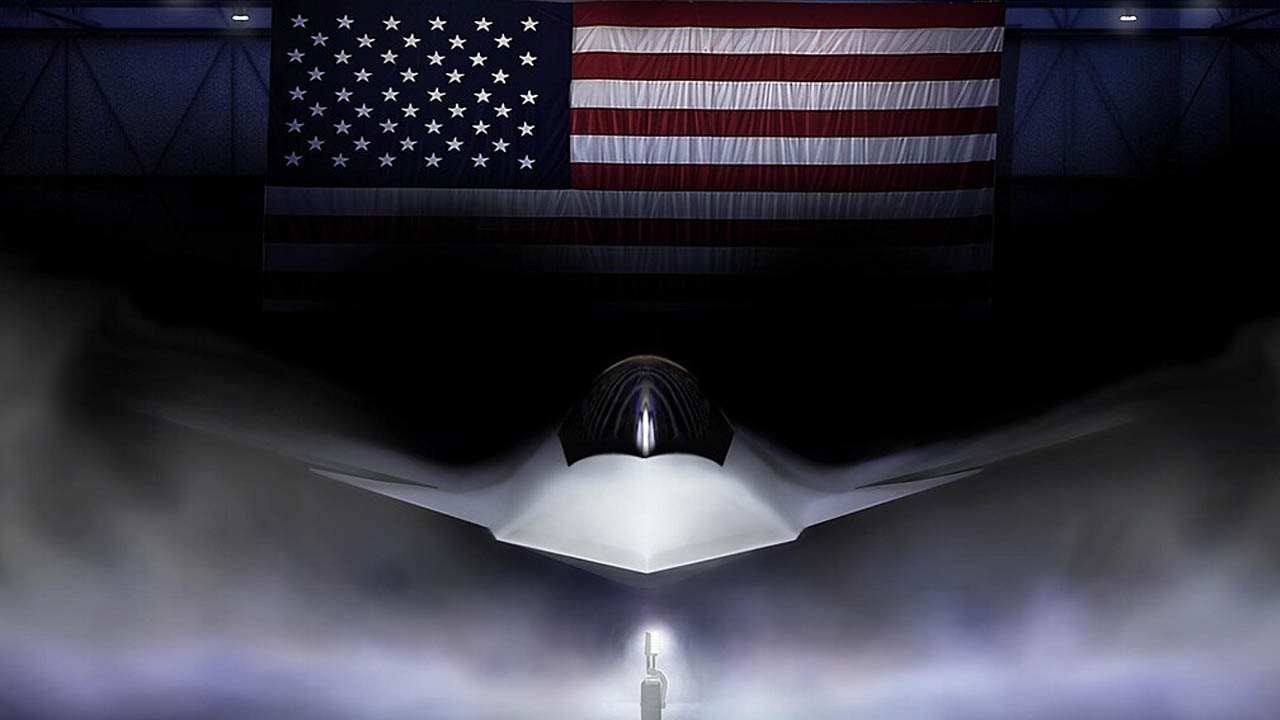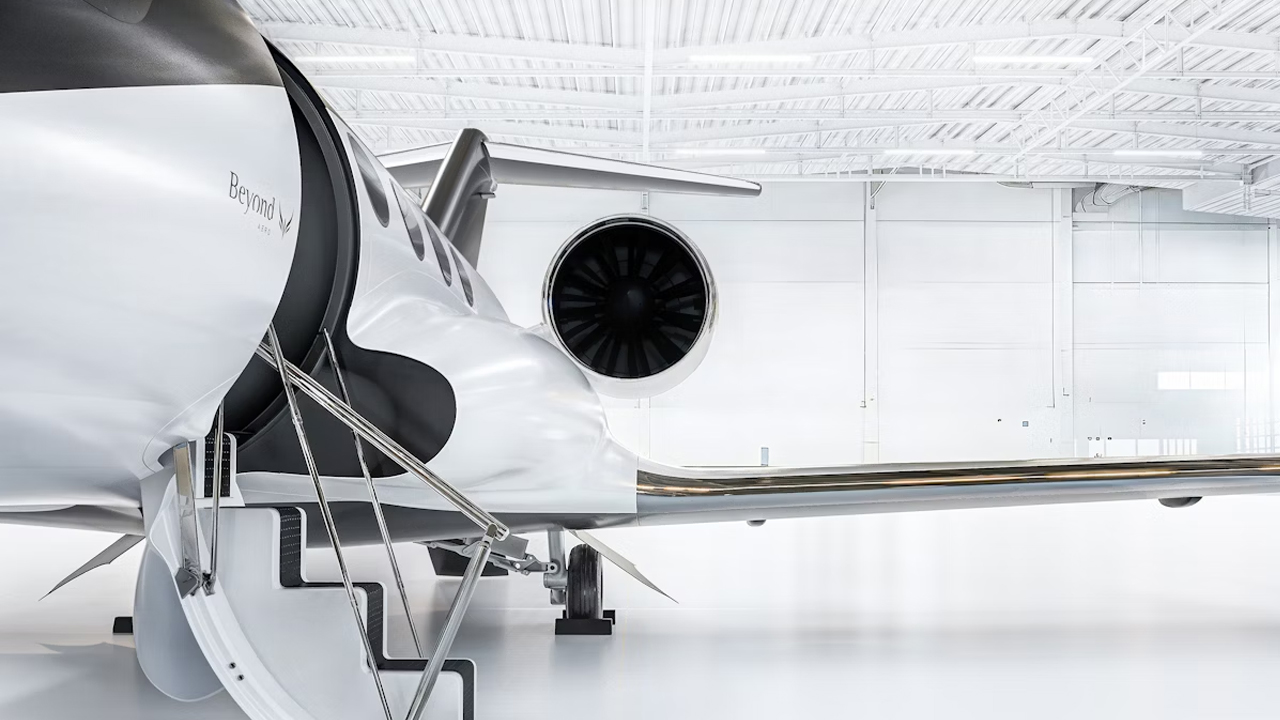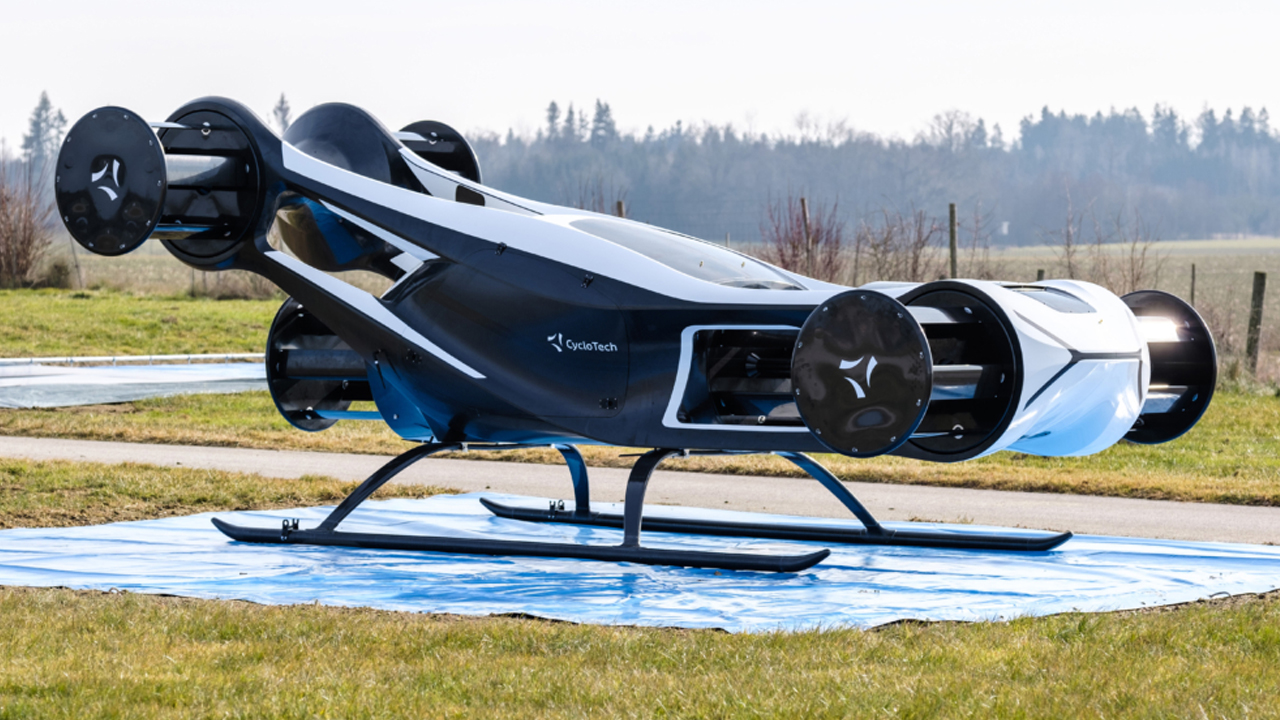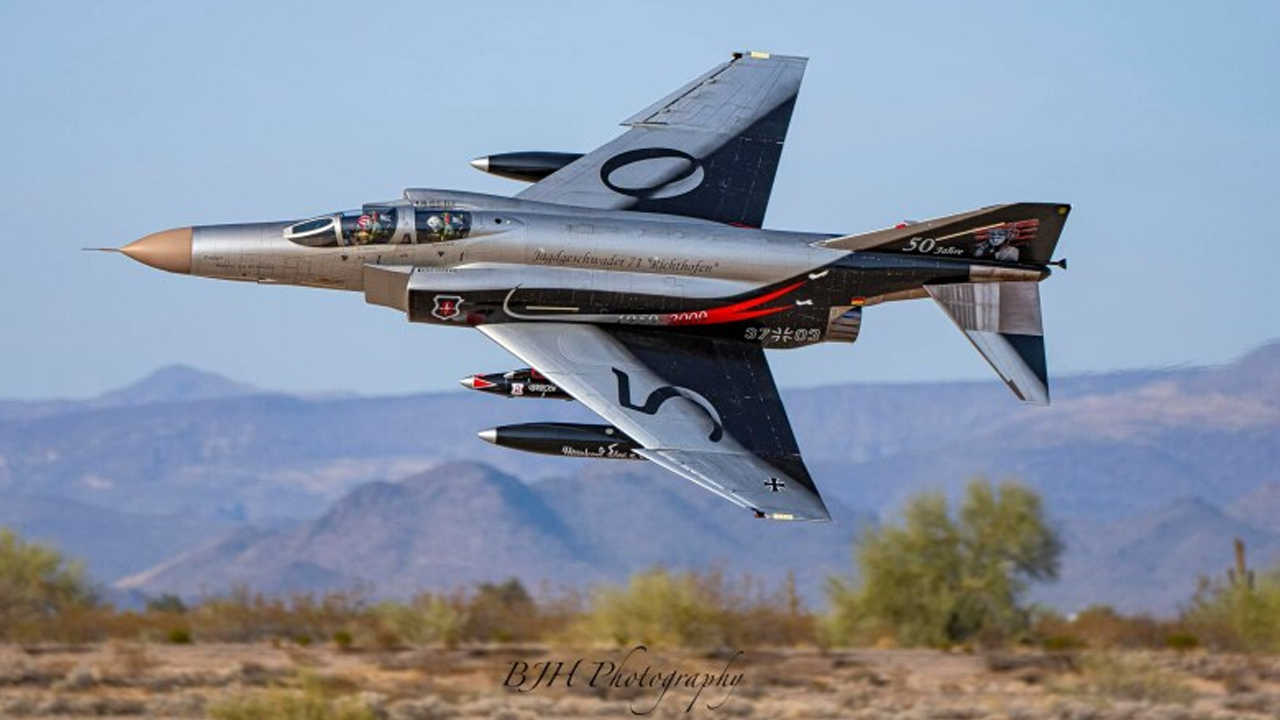Boeing just landed a $20 billion contract to develop the F-47, the centerpiece of the Air Force’s Next Generation Air Dominance (NGAD) program. This isn’t just about a new jet. It’s about reshaping how air combat works for the next 30 years. After a rocky few years, Boeing now finds itself back in the pilot’s seat—literally and figuratively. The F-47 isn’t just a fighter; it’s the start of a brand-new system of air dominance, where manned and unmanned platforms operate as one connected force.
A Strategic Shift in U.S. Air Superiority
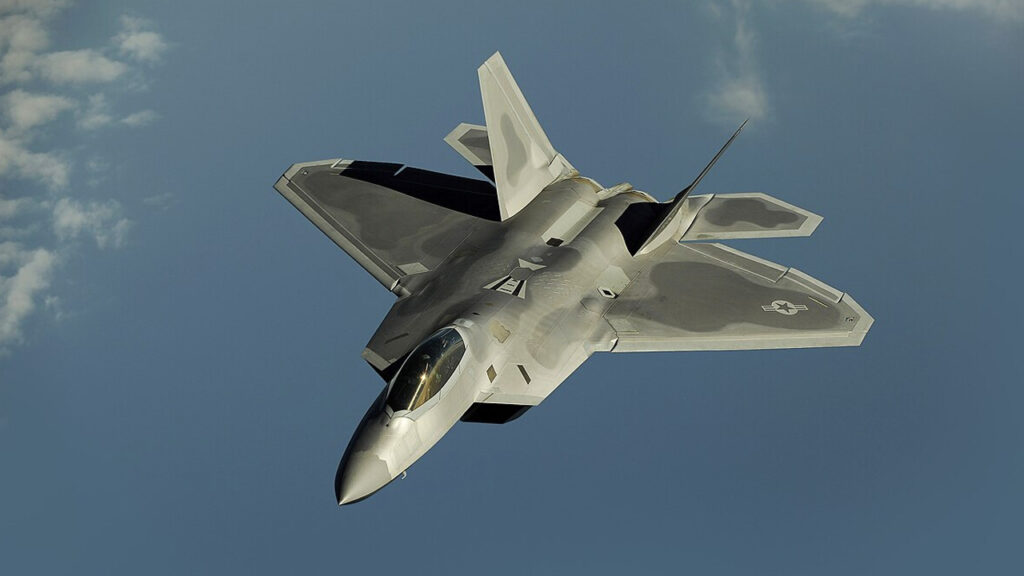
The F-47 is set to replace the aging F-22 Raptor, launching a new phase of U.S. air combat capability. Designed as a sixth-generation fighter, it’s built for stealth, long-range missions, and tight integration with autonomous drones called Collaborative Combat Aircraft. These AI-powered wingmen will give human pilots more flexibility and decision-making power in hostile environments.
The NGAD program is going beyond the idea of just building one jet. It’s about creating a full system—manned fighters, unmanned drones, and support platforms that all talk to each other in real-time. This shift changes how the U.S. prepares for future conflicts and is already drawing comparisons to how smartphones replaced simple flip phones in terms of connectivity and range of use (Popular Mechanics).
Boeing’s Resurgence in Defense Aviation
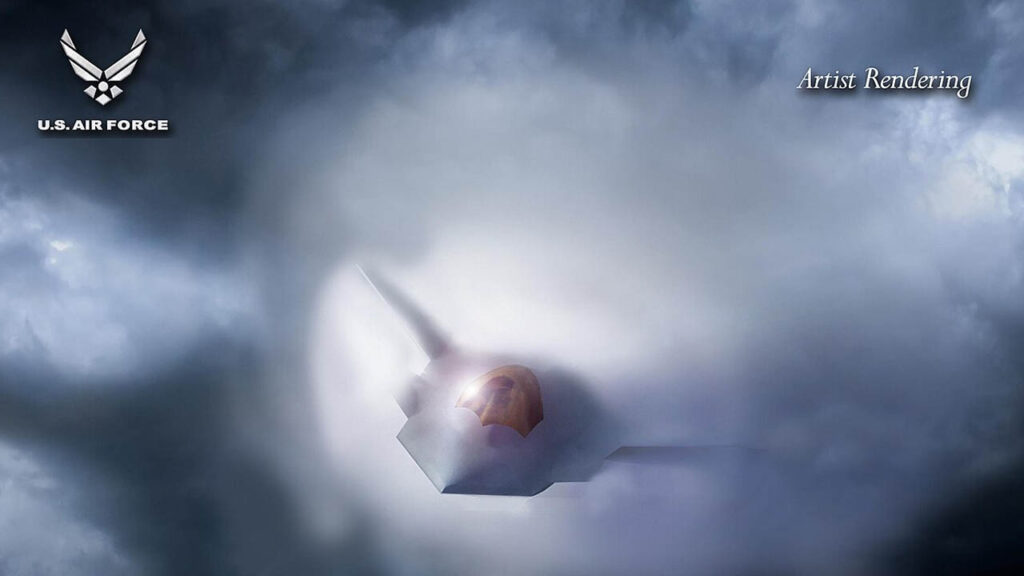
Winning the NGAD contract is a massive comeback moment for Boeing. After recent struggles with the KC-46 tanker delays and fallout from the 737 Max crisis, this $20 billion deal isn’t just a win—it’s a signal that Boeing’s military division still has serious clout. This gives the company a chance to reset its image and flex its engineering muscle on the biggest stage possible.
The F-47 will likely be assembled in Boeing’s St. Louis facility, a longtime hub for its defense programs. That alone means jobs, investment, and momentum for one of the company’s most critical regions. The project also repositions Boeing at the center of next-gen air power alongside the U.S. Air Force (MarketWatch).
Embracing the Future of Air Combat

The F-47 isn’t just about firepower—it’s built with flexibility in mind. Its modular design and open architecture mean it can be upgraded without a full redesign. That’s a smart move in an era where military tech evolves faster than ever. The Air Force won’t be stuck with yesterday’s tech ten years from now.
Another major focus is artificial intelligence. The F-47 will be able to collect, process, and share information across its network in real time. That gives pilots an edge in chaotic battle scenarios where quick decisions mean everything. And when paired with unmanned drones, that edge gets even sharper (U.S. Air Force).
Addressing Global Security Challenges

This fighter isn’t being built in a vacuum. It’s rolling out at a time when tensions are rising across the globe, especially with the military buildup by China and Russia. The F-47 is designed to go deep into contested airspace, operate without detection, and strike where other platforms can’t.
Longer range, better stealth, and the ability to operate in complex environments are all key to maintaining deterrence. The U.S. is making sure it’s not playing catch-up by building a platform that can adapt as threats evolve (DARPA).
Collaborative Innovation for National Defense

The NGAD program is a huge team effort. Boeing might be leading the charge, but it’s working closely with the Department of Defense, other tech companies, and research institutions to make it happen. This kind of collaboration is what speeds up development and ensures the end product actually fits what the military needs.
It’s also a shift in how the Pentagon works with contractors. Instead of long, slow development cycles, NGAD is aiming for faster rollouts with regular upgrades baked in. That agility is going to be crucial as air threats get more complex over time (Wikipedia).


